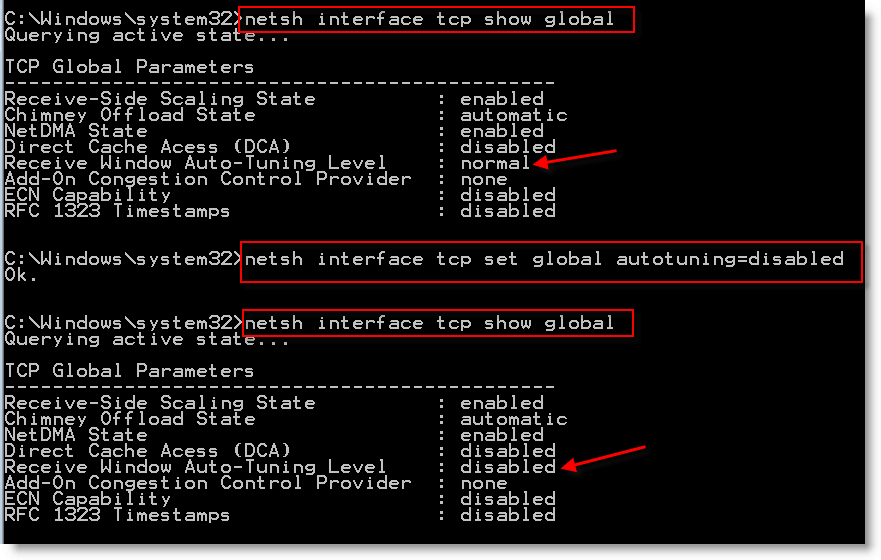

- WHY IS MY DOWNLOAD SPEED SO SLOW ON PC DRIVERS
- WHY IS MY DOWNLOAD SPEED SO SLOW ON PC UPDATE
- WHY IS MY DOWNLOAD SPEED SO SLOW ON PC WINDOWS 10
If this max potential is exceeded, your internet will slow down until that bandwidth is no longer in use.
WHY IS MY DOWNLOAD SPEED SO SLOW ON PC WINDOWS 10
If you’re on a Windows 10 PC (or earlier supported Windows operating systems), you can use software like CCleaner to check and disable potential bandwidth-hogging software, which may be automatically starting with Windows.Įvery internet connection has a maximum amount of download and upload bandwidth.

Keep an eye on cloud storage, too, like Google Drive, OneDrive and Dropbox. This is particularly true of things like photo and video backups on smartphones and tablets.
WHY IS MY DOWNLOAD SPEED SO SLOW ON PC UPDATE
Applications and software may update as soon as a WiFi connection is detected.

One of the biggest data hogs on WiFi devices is driven by convenience.
WHY IS MY DOWNLOAD SPEED SO SLOW ON PC DRIVERS
For wireless devices, this means relevant drivers and firmware for routers, it’s firmware. Either way, be sure to keep your devices up to date. It may be worth considering a router and/or device upgrade. On top of this, there’s a partial alphabet of WiFi standards that impact internet speeds.Īn older router may not support newfangled WiFi standards, which means that shiny new smartphone or tablet is throttled by the maximum potential speed of the router. Older routers also equate to slower maximum speeds. The older your WiFi device, the slower the speeds. Some of the best modem-routers solve offer mesh capabilities, and automatic channel switching when one channel is out-of-reach or congested. These are devices with multiple access points/units that repeat your WiFi signal to whichever locations you decide to place them (hard-to-reach bedrooms etc.). Lastly, consider investing in a WiFi mesh networking system, like Google WiFi or Amazon eero. Also consider that walls, particularly solid ones made of concrete and/or metal, will greatly impact WiFi signals and will impact speed. Just remember to position the repeating router or extender at a strong part of the router’s WiFi signal, not at the extremity of your main wireless network (or it’ll boost the signal at this weaker strength). Certain routers can be converted to ‘repeating’ mode to use as ad hoc extenders, or you can invest in dedicated hardware. If you’re in a particularly large home, consider a router with increased WiFi range, investing in powerline WiFi internet expanders, or using a WiFi extender to boost the signal. If your router only supports 2.4GHz, the chances are it’s older. In terms of speed, all you need to know is 5GHz is fast at short ranges, and 2.4GHz is slower but offers greater WiFi range. There tend to be two WiFi frequencies at play in the home, too: 2.4GHz and 5GHz. Ideally, keep your router high and clear of objects. Try to place your router in a central position, or close to where the bulk of your wireless devices are used. The farther your WiFi devices are away from your router, the more your connection diminishes. If your speeds are as advertised and your WiFi is slow across the board, consider upgrading your plan.ĭistance is detrimental to reliable WiFi. Whether you’re with Telstra, Optus or any other ISP, give them a call if speeds are below expected, particularly if your internet has suddenly slowed down.

If it’s there, contact your landline phone provider. Use a landline phone and listen at the dial tone for any background signal noise. On top of this, older broadband technologies like ADSL are reliant on a clear landline phone connection. If you’re on an older technology type like ADSL2+, your upload and download speeds are linked: if you max out one, the other is throttled and slowed significantly. If you’re on an NBN connection, your ISP has to advertise these expected evening speeds these days, so use that as a point of comparison. There’s an acceptable level of fluctuation at these times. Bear in mind that the so-called internet ‘busy period’ is between 7.00pm and 11.00pm daily. What you want to see is how slow your latency, download and upload speeds are compared to what your ISP is advertising your connection speed as.


 0 kommentar(er)
0 kommentar(er)
